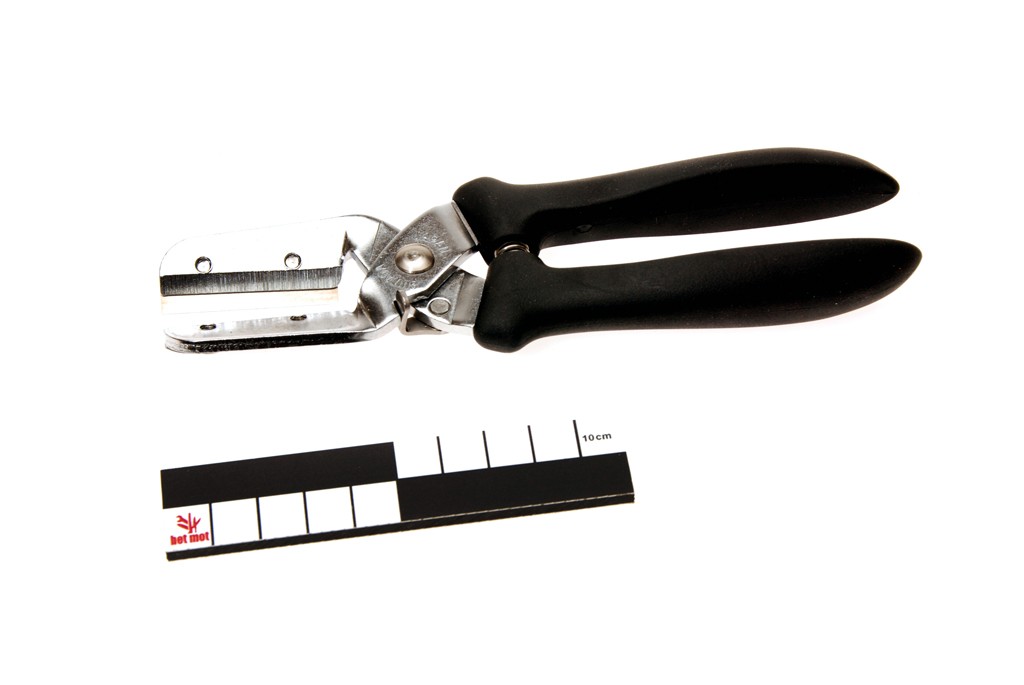Research
Search our website
Search our website by entering a keyword or choose a database above to search specifically.
Search
Showing search results 3,401 - 3,410
14,725 results found

Cheese slicer
This text on the cheese slicer can only be consulted in Dutch. [MOT]

Chestnut peeling tongs
This text can only be consulted in Dutch
<https://www.mot.be/resource/Tool/chestnut-peeling-tongs?lang=nl>

Chopping knife
Kitchen utensil for chopping vegetables. There is a wide variety of shapes.
The cut can be rectangular or rounded; the handle can be attached to the
top of the blade - horizontally like a crank or connected to the blade at
one or both ends - but can also be in line with the blade. In the latter
case, the knife resembles the meat cleaver, but it is lighter. The
vegetable chopper is always used in combination with a chopping block or a
wooden bowl or porringer. See also the mincing knife. [MOT]

Stonemason's French drag
The French drag is used by the stonecutter for smoothing out soft stone
types such as marl, after the work with the stone-dressing axe, the
charring chisel or the claw chisel. There is a wide variety of models and
sizes depending on the surface to be worked. The hand tool consists of a
wooden block with handle, in which the sole contains a series of straight
or serrated metal cutting blades, perpendicular to the direction of the
piece of stone to be planed. You can find more technical information on the
dutch version of this page. [MOT]

Cigar cutter
The cigar cutter is a hand tool that is used to cut the tip of a cigar
before lighting it. It can be small scissors (about 6-10 cm) with two
crescent-shaped blades or one of which has a round cutout and the other a
concave cut. Another model has a blade with a round cutout - where the tip
of the cigar fits - and a straight cutting blade that can be moved along
the cutout using the lever principle. There is also the option of making a
V-shaped cutout at the mouth end of the cigar. Sometimes this last model is
combined with a cigar box opener or it is part of a pocket knife. [MOT]

Chicory knife
The chicory knife is used to cut the tops of the chicory in the field. It
is a small (approx. 20 cm) and light (approx. 25 g) knife with a straight
blade and smooth edge, which lies comfortably in the hand. The blade is
often sharpened, making the edge somewhat hollow. The handle can be wood or
plastic. [MOT]

Chimney crook (chain)
This text can only be consulted in Dutch
<https://www.mot.be/resource/Tool/chimney-crook-chain?lang=nl>

Chestnut cutting tongs
This text can only be consulted in Dutch
<https://www.mot.be/resource/Tool/chestnut-cutting-tongs?lang=nl>

Chip carving knife
This text can only be consulted in Dutch
<https://www.mot.be/resource/Tool/chip-carving-knife?lang=nl>

Chicory shovel
This text can only be consulted in Dutch
<https://www.mot.be/resource/Tool/chicory-shovel?lang=nl>








